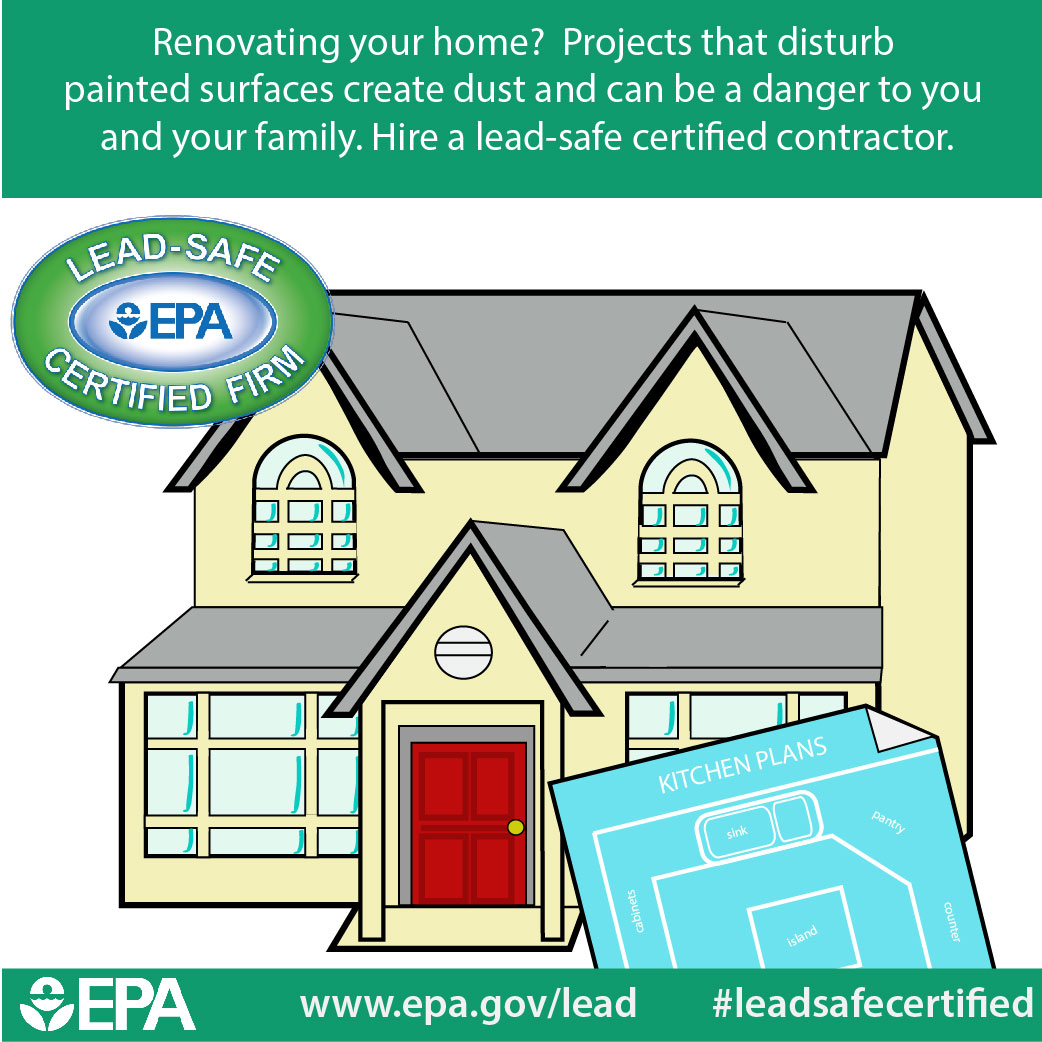Prepare Your Wall Surfaces For Painting With Important Tips And Techniques That Guarantee A Remarkable Coating-- Discover The Vital Steps To Raise Your Task
Prepare Your Wall Surfaces For Painting With Important Tips And Techniques That Guarantee A Remarkable Coating-- Discover The Vital Steps To Raise Your Task
Blog Article
Content Author-Holmgaard Tanner
When you're prepping your wall surfaces for paint, it's essential to comply with a systematic procedure to guarantee a perfect finish. Beginning by checking out the wall for any damage; this step can make or break your task. As soon as you have actually identified any type of problems, cleaning up the surface area correctly is important, as a filthy wall surface can influence paint adhesion. After that, you'll need to spot any kind of imperfections and use a primer. However there are specific techniques and tips that can raise your preparation game-- let's explore those further to achieve the very best outcomes.
Assessing Wall Problem
Before you order your paintbrush, take a minute to analyze your wall surfaces' condition. Look for https://www.gazettenet.com/CL-RyanSarfatiMural-hg-08082022-47538651 of noticeable damages like fractures, holes, or peeling paint. These imperfections can affect exactly how the paint adheres and looks as soon as it's dry. If you discover any kind of significant damage, you'll require to prioritize repair work before diving right into paint.
Look closely at the texture of your wall surfaces. Is https://www.refinery29.com/en-us/how-to-paint-a-room , or exists texture that might require special consideration? Smooth walls normally require much less prep, while distinctive surface areas might require even more time to repaint evenly.
Additionally, take into consideration the previous paint job. If the old paint is glossy, it mightn't allow brand-new paint to stick correctly. You'll would like to know if your wall surfaces have been repainted with oil-based or water-based paint, as this can impact your option of primer or paint.
Ultimately, make note of any moisture issues. If you see indications of water damage or mold, address these problems right away to prevent further complications.
Cleansing the Surface
Once you have actually examined the problem of your wall surfaces, the following step is cleaning up the surface area. Beginning by gathering your supplies: a bucket, cozy water, a mild detergent, a sponge or fabric, and a scrub brush for tougher places.
Begin at the top corner of the wall and work your way down. Mix the detergent with warm water in your container, after that dip the sponge or towel into the service. Wring it bent on stay clear of too much wetness on the walls.
As you clean, pay close attention to locations that may've built up dirt, oil, or fingerprints. For persistent stains, use the scrub brush gently to avoid harming the paint beneath. Wash your sponge or towel regularly in tidy water to prevent spreading dust around.
After cleaning, it's vital to clean the wall surfaces with a wet towel to remove any type of soap deposit. This action ensures a smooth surface area for the new paint to abide by.
Allow the wall surfaces to dry entirely before carrying on to the next prep work actions. This complete cleaning process will certainly aid produce a fresh canvas for your painting task, making sure the most effective results.
Patching and Priming
Patching and priming are important steps in preparing your walls for a fresh layer of paint. Initially, check your walls for any kind of openings, cracks, or imperfections. Utilize a high-quality spackling substance or patching paste to fill these locations.
Apply the substance with a putty blade, smoothing it out so it's flush with the bordering surface. Enable it to dry completely, and then sand it gently until it's smooth and also.
As soon as you've covered whatever, it's time to prime. Primer helps secure the covered areas, making sure the paint sticks effectively and provides an uniform coating. Select a primer suitable for your wall type and the paint you'll be using.
Apply the primer utilizing a roller for bigger locations and a brush for edges and edges. If your patched areas are substantially large or permeable, you may want to use a second coat of guide after the initial one dries out.
After priming, let every little thing dry extensively prior to moving on to painting. This prep work will not only boost the look of your wall surfaces yet additionally lengthen the life of your paint job.
Take your time, and you'll be pleased with the outcomes.
Conclusion
By following these easy actions, you can achieve a smooth and professional coating on your wall surfaces. Beginning by examining their problem, then tidy and spot any flaws prior to using primer. Keep in mind to enable adequate drying out time and make sure everything is smooth before you study painting. With the right prep work, you'll set the phase for a lovely change in your space. Currently, gather your supplies, take in the fresh air, and prepare yourself to repaint!
